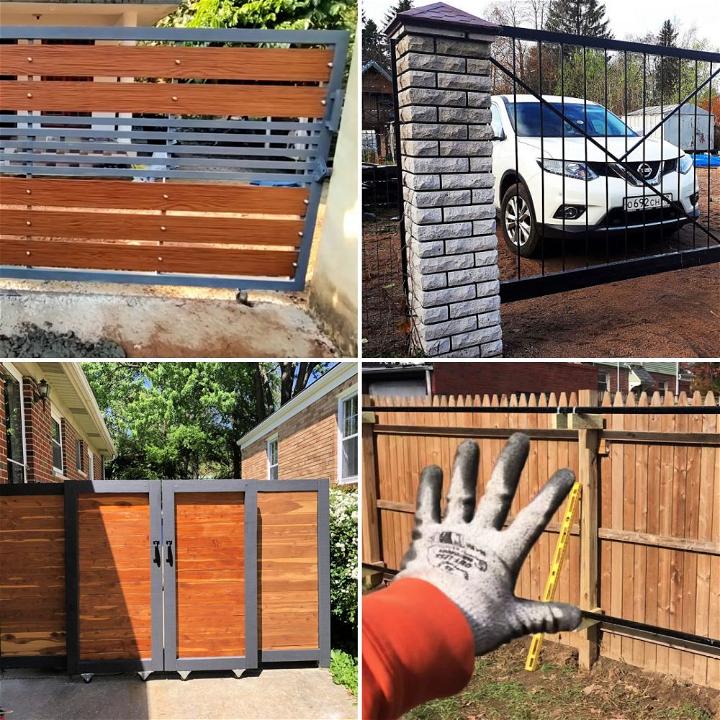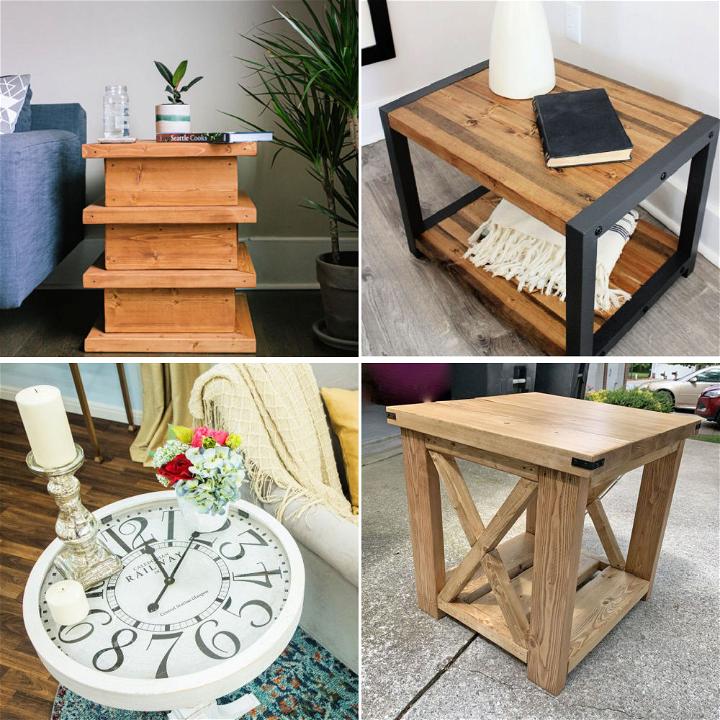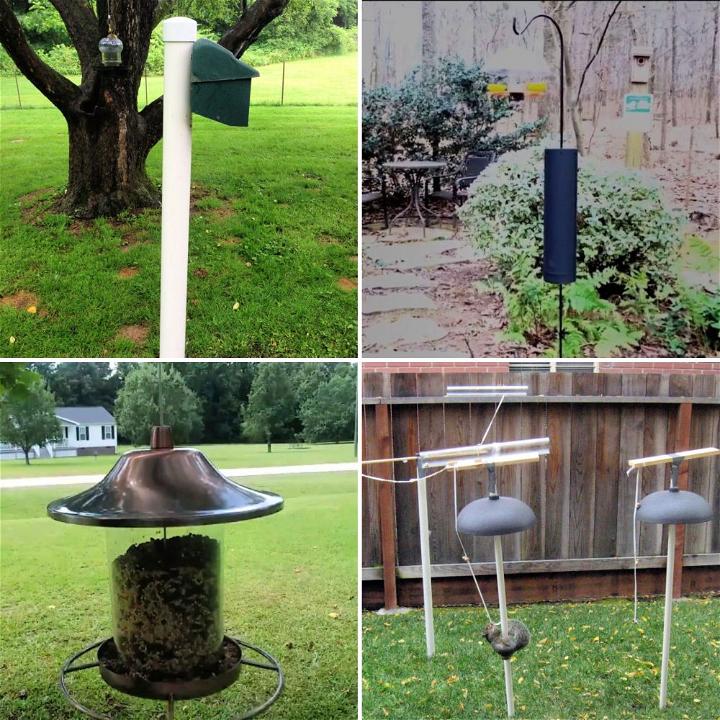Composting plays a crucial role in maintaining your garden's health, enriching soil, recycling kitchen waste, and supporting the vital ecosystem in your backyard. However, turning a compost pile can be a labor-intensive task that many gardeners find challenging. To make this process easier, building a DIY compost tumbler can be an innovative solution. This guide will show you how to assemble your own compost tumbler, making the art of composting not just simpler but also quite fun.
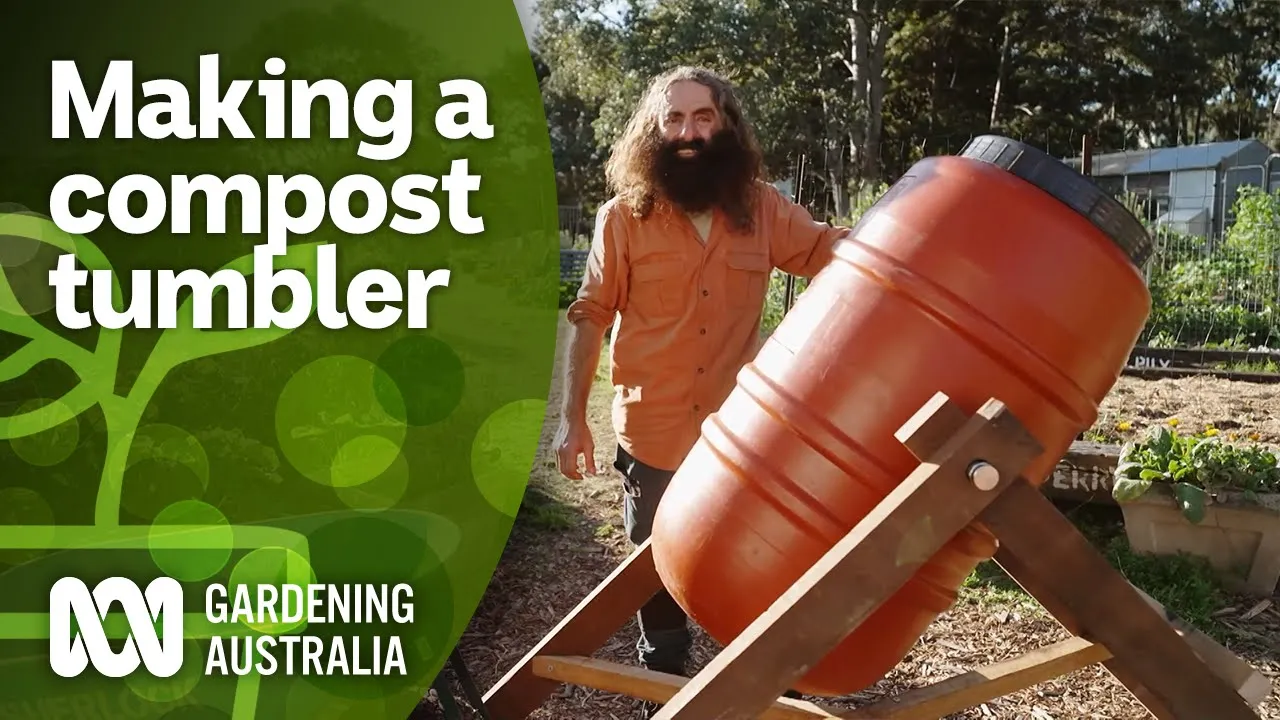
What Will I Get Out of This?
Building your compost tumbler will streamline the composting process by efficiently aerating your materials without the need for manual turning. This homemade tumbler will also protect your compost from pests and facilitate easy unloading of compost directly into your garden or wheelbarow.
Materials You'll Need and Their Purpose:
- Sturdy Timber: Acts as the framework for your compost tumbler, providing stability.
- Galvanized or Stainless Steel Screws: These ensure the durability of the assembly, resistant to rust.
- A Length of Galvanized Pipe: Serves as the axle, allowing the compost tumbler to spin.
- A Large Plastic Barrel (220 L recommended): This will contain your compost materials. Ensuring it's food-safe means that it previously contained only non-toxic materials.
- Spade Drill Bit: Needed for making precise holes in the barrel and timber for the axle.
Step by Step Instructions:
1. Prepare the Frame:
First, cut the timber to make two pairs of legs, which will support the axle a meter above the ground, providing ample space for the barrel to spin. Drill holes through the top of each leg for the axle.
2. Construct the Frame:
Use the galvanized screws to connect the legs securely. This stable frame is critical to support the weight of the filled barrel.
3. Ready the Barrel:
It's important to position the axle through the barrel correctly for balance. Measure the barrel's circumference to find its exact center for the axle holes. Drilling precise holes here ensures that the tumbler spins smoothly.
4. Install the Axle:
The axle must fit snugly within the barrel to prevent leaking and wobbling. Insert the galvanized pipe through the drilled holes, adjusting for a tight fit.
5. Assemble the Spinner:
Place spacers on the axle to limit lateral movement of the barrel. Install the barrel with the axle onto the frame, ensuring it spins freely.
6. Secure & Stabilize:
Add cross-bracing to the frame to enhance stability and ensure your compost tumbler stands firm against the elements and the weight of the compost.
Expanding Scope and Troubleshooting:
- Location: Place your compost tumbler in a partially shaded area to prevent the compost from drying out.
- Maintenance: Regularly check the tumbler for stability and tighten any loose screws. Apply linseed oil to the timber annually to protect against weathering.
- Drainage: If excess moisture collects, drill small drainage holes at the bottom of the barrel.
- Balancing materials: Ensure a good mix of green and brown materials in your compost for optimal decomposition.
Why This Matters:
Making a compost tumbler is not just a project; it's an investment in your garden's productivity and sustainability. By repurposing materials and efficiently recycling kitchen and yard waste, you're contributing to a healthier environment.
Video Tutorial
Want a visual demonstration? Watch a step-by-step video tutorial on YouTube here.
It provides a clear and easy-to-understand visual walkthrough of the techniques, making it a great companion to this written guide.
By following these instructions, not only do you make the composting process more manageable, but you also get to make a tool that will serve your garden for years to come. Happy composting!
Composting and Its Environmental Impact
Composting is a natural process where organic waste decomposes into a nutrient-rich material that can greatly benefit garden soil. It's an effective way to recycle kitchen scraps, yard waste, and other biodegradable materials.
Why Compost?
- Reduces landfill waste: Composting at home means less trash heading to landfills, where organic matter can take years to break down and release methane, a potent greenhouse gas.
- Enriches soil: Compost adds vital nutrients back into the soil, promoting healthier plant growth without the need for chemical fertilizers.
- Conserves water: By improving soil structure, compost helps with water retention, reducing the need for frequent watering.
- Supports biodiversity: Healthy soil from composting supports a diverse range of organisms essential for a robust ecosystem.
Updates and Innovations in Composting
The world of composting is evolving with technology, making it more efficient and accessible for everyone.
Smart Composting
- AI-Assisted Composting: New composting systems use artificial intelligence to optimize the decomposition process, resulting in faster and more efficient composting.
- Reactor Designs: Innovative compost reactors have been developed to handle larger volumes of waste, with designs that promote better aeration and quicker decomposition.
Enhancing Compost Quality
- Additives: Researchers are exploring natural additives that can accelerate composting and improve the final compost's quality.
- Vermicomposting: The use of worms to break down waste is gaining popularity for its ability to produce high-quality compost quickly.
By embracing these practices and innovations, we can make composting an even more powerful tool for environmental conservation and sustainable living.
FAQs About DIY Compost Tumblers
Learn everything you need to know about DIY compost tumblers in this comprehensive FAQ guide. Get tips, tricks, and troubleshooting advice today!
What is a compost tumbler?
A compost tumbler is a sealed, rotating barrel that facilitates the rapid decomposition of organic waste into compost. It's designed to make the composting process cleaner and more efficient.
How does a compost tumbler work?
By turning the barrel, you mix and aerate the contents, which speeds up the composting process. The sealed design also helps retain heat, further accelerating decomposition.
What can I put in my compost tumbler?
You can add a variety of organic materials, including:
- Fruit and vegetable scraps
- Yard trimmings
- Coffee grounds and filters
- Eggshells
- Shredded paper
What should I not put in my compost tumbler?
Avoid adding:
- Meat or fish scraps
- Dairy products
- Fats, oils, or grease
- Pet wastes
- Diseased plants
How often should I turn my compost tumbler?
For best results, turn your compost tumbler every few days. Consistent turning is key to maintaining aeration and mixing the materials.
How long does it take to produce compost in a tumbler?
The time can vary, but typically, you can expect finished compost in 2 to 3 months, depending on the balance of materials and environmental conditions.
Can I use my compost tumbler in winter?
Yes, but the composting process will slow down due to lower temperatures. You can still add materials and turn the tumbler as usual.
Do compost tumblers attract pests?
One of the advantages of compost tumblers is that they are less likely to attract pests compared to open compost piles, thanks to their sealed design.
20 DIY Compost Tumbler Ideas and Inspirations
Discover 20 DIY compost tumbler ideas for your garden. Get inspired with these creative and practical solutions to reduce waste and improve soil health.
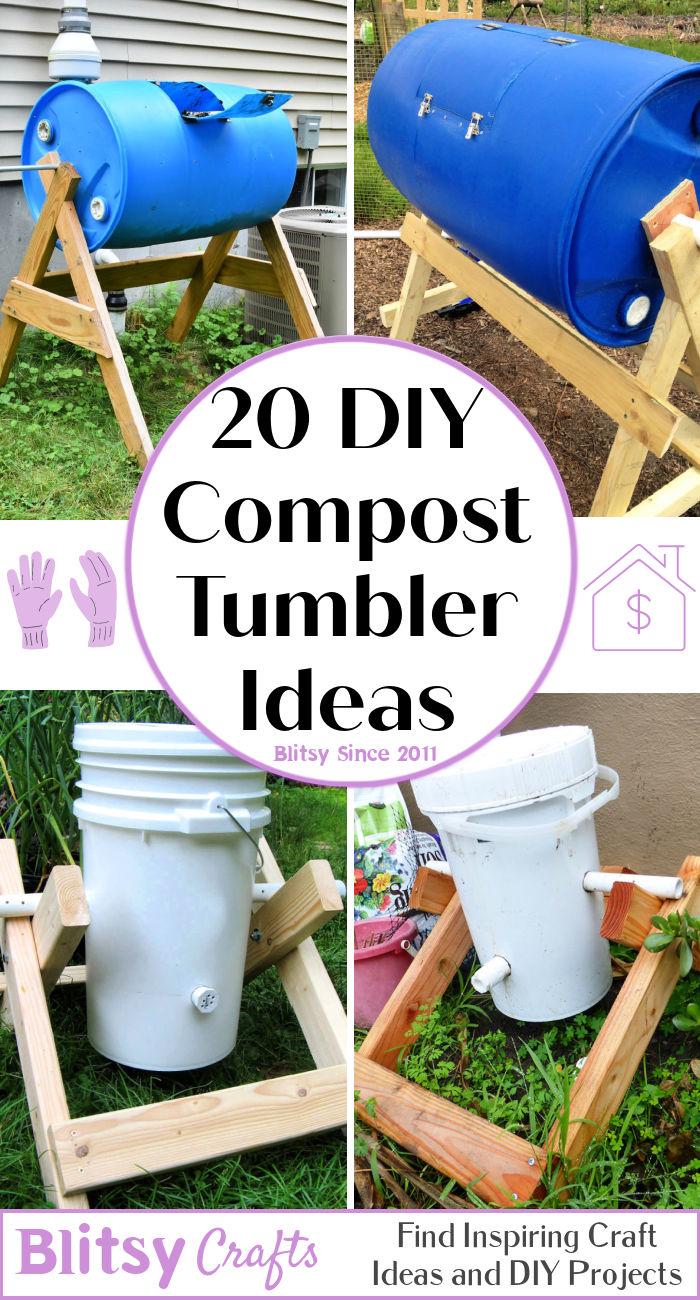
1. DIY Compost Tumbler Bin Design
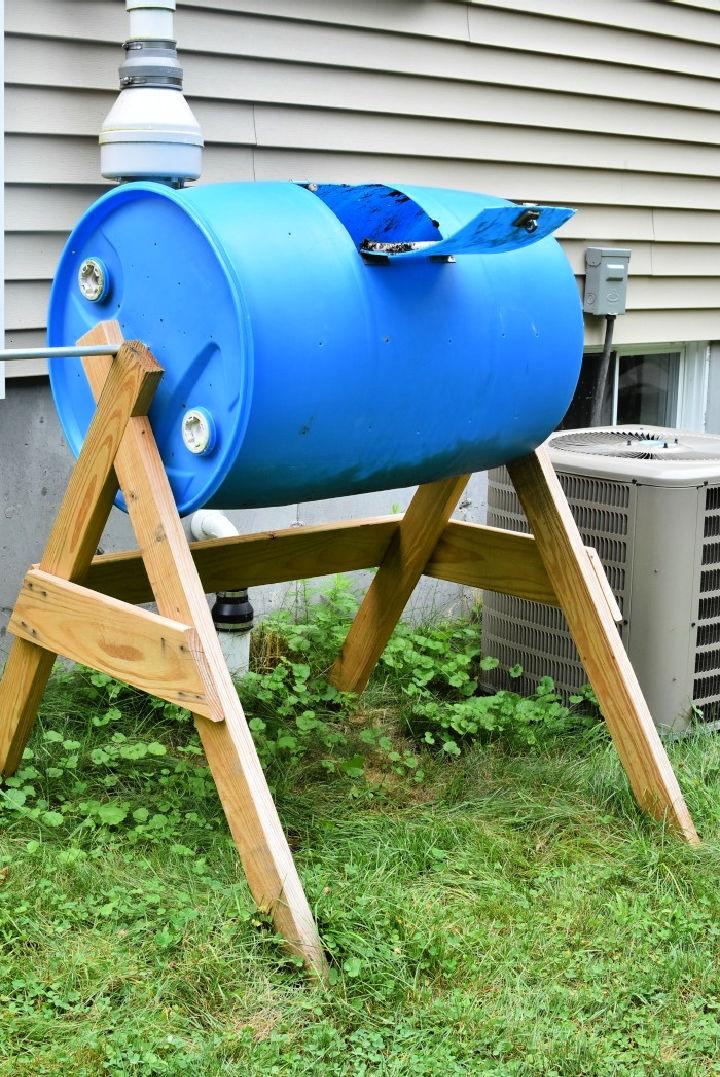
A DIY compost tumbler bin is a fantastic project for gardening enthusiasts aiming for rich soil. Its rotating design promotes quicker decomposition, making it an asset for any green-thumbed individual.
2. Build a Compost Tumbler
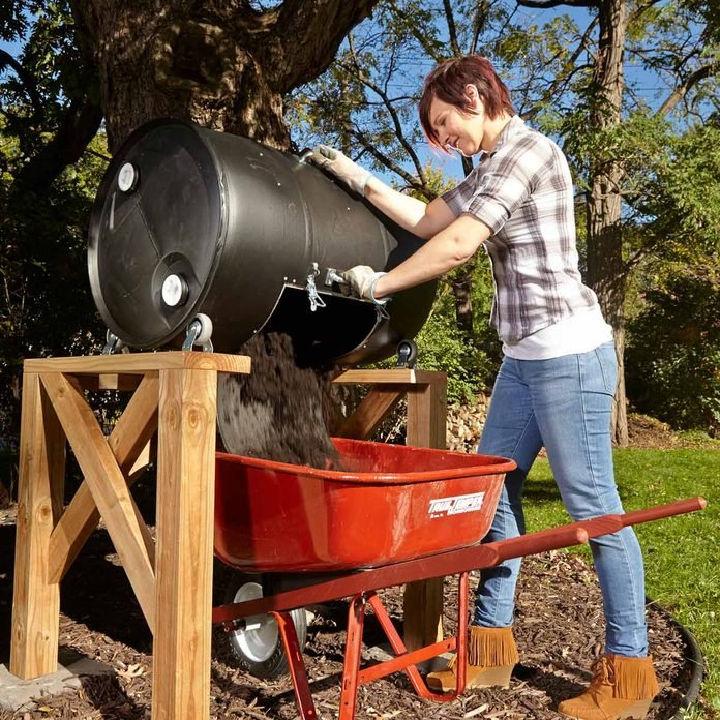
Building a compost tumbler can transform your gardening experience. This apparatus streamlines the compost-making process, offering a simple solution to recycle your kitchen and garden waste efficiently.
3. DIY 3 Barrel Compost Tumbler

The DIY 3 barrel compost tumbler takes composting to the next level. With three sections for different composting stages, it's a productive method for continuous soil enrichment. It's ingenious for avid gardeners.
4. DIY Compost Tumblers for Under $20
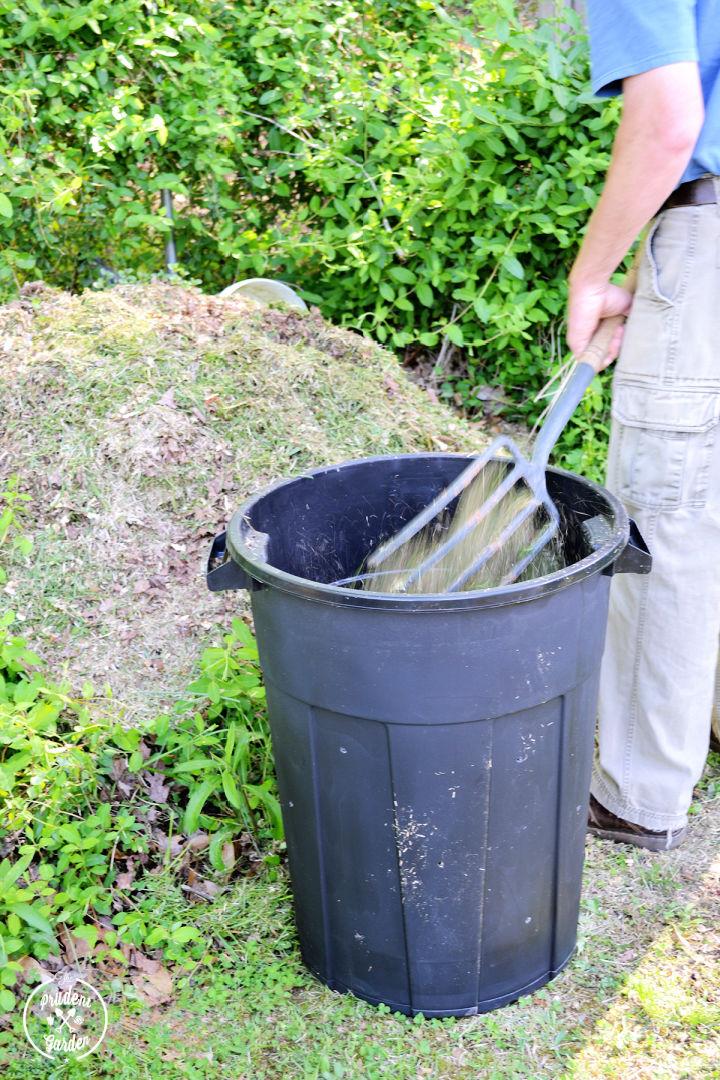
Making DIY compost tumblers for under $20 is surprisingly simple and cost-effective. This approach makes composting accessible to everyone, proving that sustainability doesn't have to be expensive.
5. Cable Drum Compost Tumbler

The cable drum compost tumbler reimagines recycling. By utilizing a cable drum, this design is both eco-friendly and robust, ideal for those looking to compost on a larger scale.
6. How to Make a Compost Tumbler
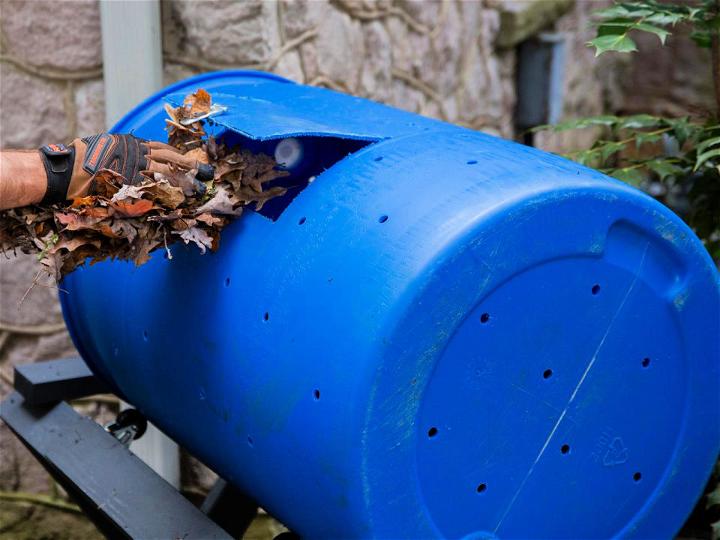
Learning how to make a compost tumbler can be a fulfilling experience. This project invites you to take a hands-on approach to sustainability, providing endless benefits for your garden.
7. Homemade Compost Tumbler
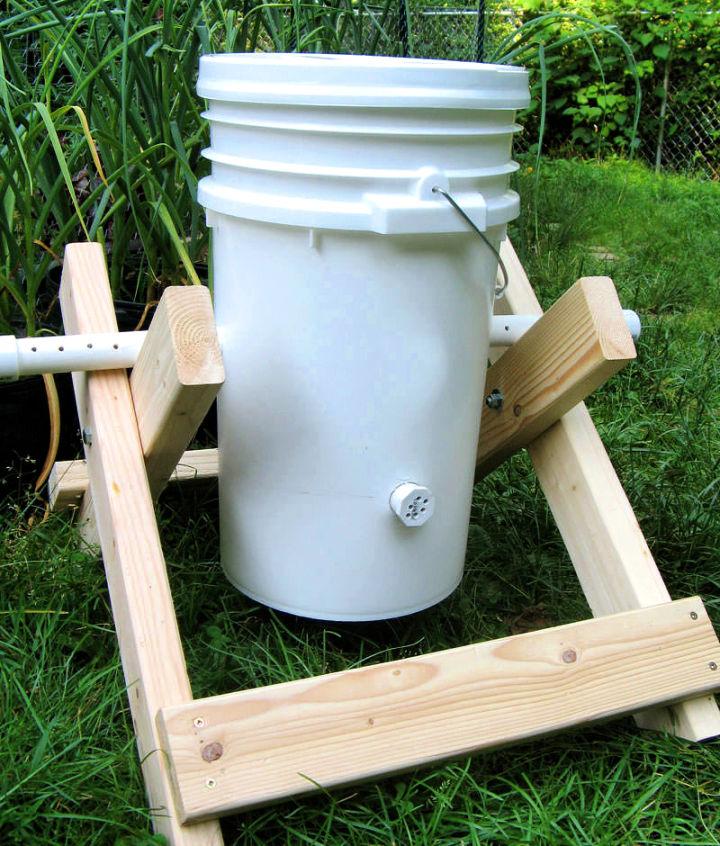
A homemade compost tumbler is a testament to ingenuity and sustainability. This personalized approach to composting empowers gardeners to tailor the composting process to their specific needs.
8. Chicken Manure Tumbling Composter
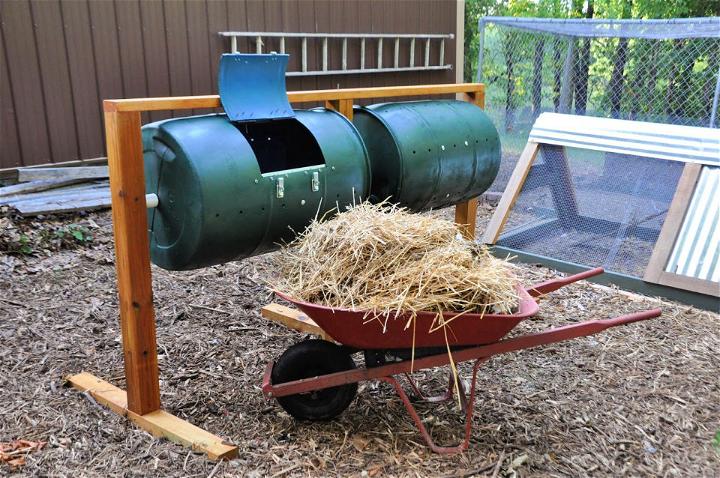
The chicken manure tumbling composter is a boon for gardening enthusiasts. It specifically harnesses chicken manure's rich nutrients, accelerating the composting process and enriching the soil more robustly.
9. How to Build a Compost Tumbler
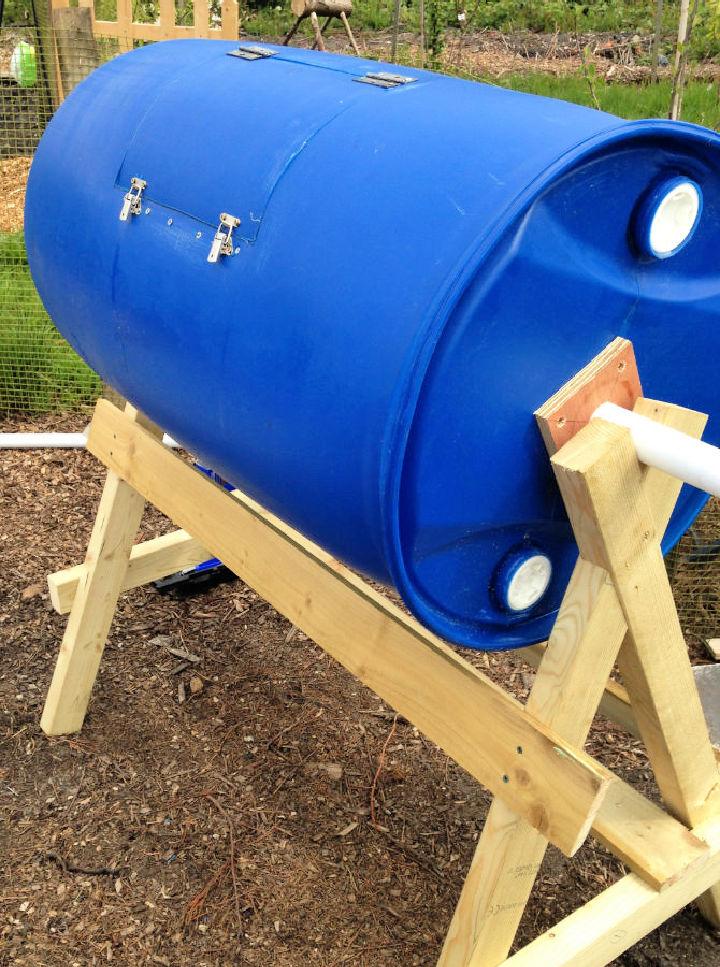
Guided steps on how to build a compost tumbler simplify the process, making it an enjoyable project. It's a rewarding undertaking that yields tremendous benefits for your garden ecosystem.
10. Make Your Own Compost Tumbler
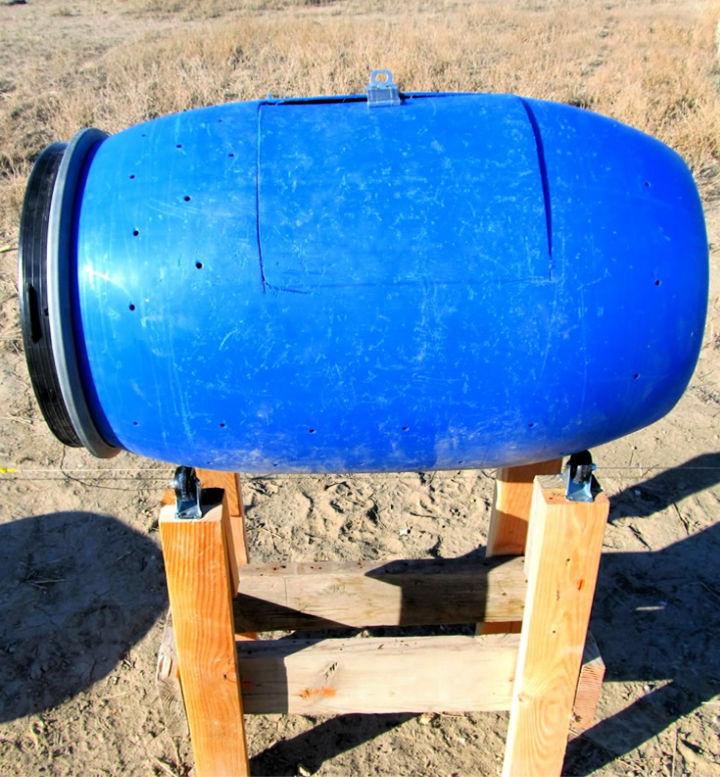
Making your compost tumbler can be a game-changer. It's a sustainable, cost-effective method to produce nutrient-rich compost, enhancing your garden's health and reducing waste.
11. Compost Tumbler from 1 Bucket

Conceiving a compost tumbler from 1 bucket showcases simplicity and innovation. This compact method is excellent for small spaces and beginners eager to delve into composting.
12. Build Your Own Compost Tumbler

Building your compost tumbler is not just a project; it's an investment in your garden's fertility. This approach personalizes your composting efforts, making the process both rewarding and effective.
13. Make a Compost Tumbler
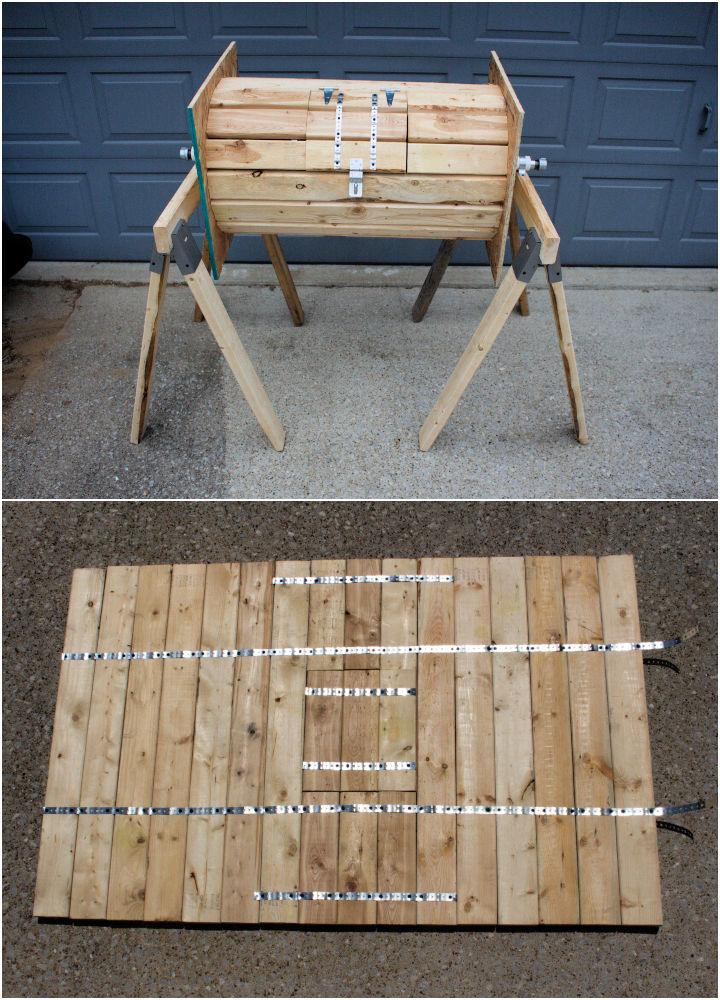
Embarking on making a compost tumbler can be an exciting venture. It's a practical and rewarding way to contribute to a healthier garden while embracing sustainability.
14. Making a Compost Tumbler

The journey of making a compost tumbler is filled with learning and satisfaction. This eco-friendly project is a step towards more sustainable living and a greener garden.
15. DIY Yet Another Compost Tumbler

DIY yet another compost tumbler brings innovation to traditional composting. It's an invitation to experiment and find the most efficient way to recycle organic waste into gold for your garden.
16. DIY Rotating Compost Tumbler

A DIY rotating compost tumbler adds a twist to composting. Its design fosters faster decomposition, making it a valuable addition to your garden's arsenal for richer, more fertile soil.
17. Cheap DIY Compost Tumbler for $20
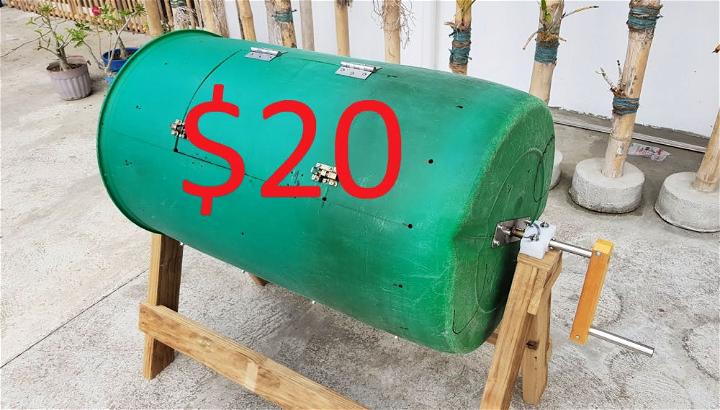
Making a cheap DIY compost tumbler for $20 is both budget-friendly and environmentally conscious. This approach demystifies composting, making it an accessible and vital practice for all.
18. Compost Tumbler from 55 Gallon Drum
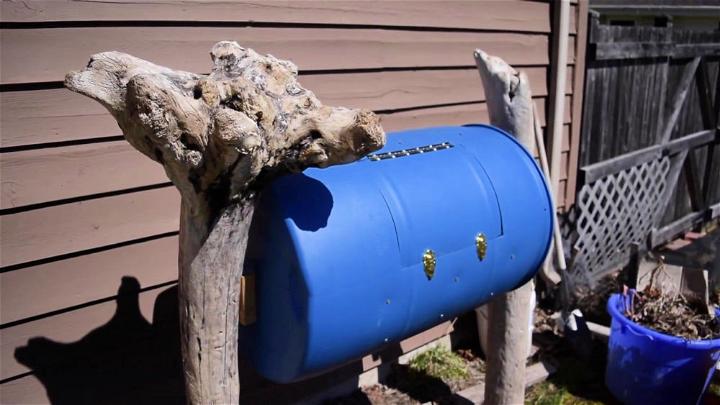
A compost tumbler from a 55-gallon drum showcases the potential for upcycling. This large-scale composter is perfect for those with more extensive gardens, aiming to process a significant amount of organic waste.
19. Easy DIY Compost Tumbler Bin
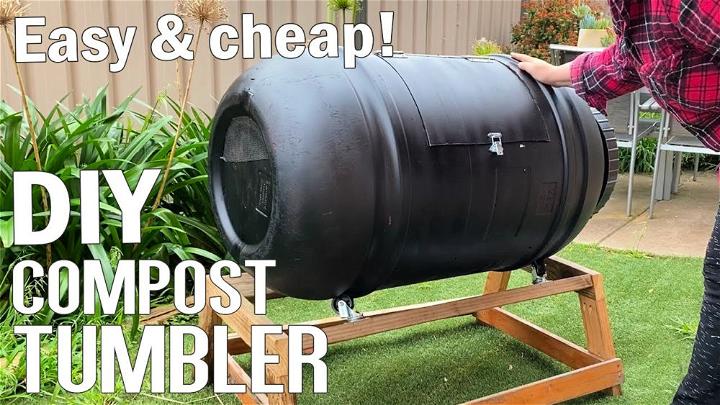
An easy DIY compost tumbler bin can revolutionize your gardening routine. Its straightforward design and effectiveness in producing compost make it a must-try for eco-conscious individuals.
20. Easy to Make Compost Tumbler

An easy-to-make compost tumbler represents a gateway to greener gardening. This simple project not only enriches your garden but also instills a deeper appreciation for nature's cycles.
Conclusion:
In conclusion, making your DIY compost tumbler can be a rewarding and practical project. Not only does it help reduce waste and enrich your garden soil, but it also allows you to embrace sustainable living. By following the steps outlined in this guide, you can easily build your own compost tumbler and take a step towards a greener lifestyle. Start composting today!











